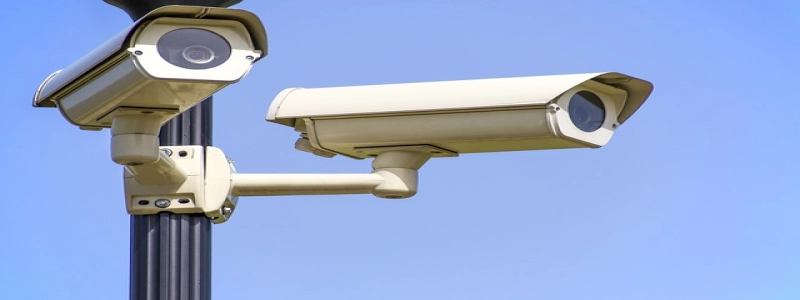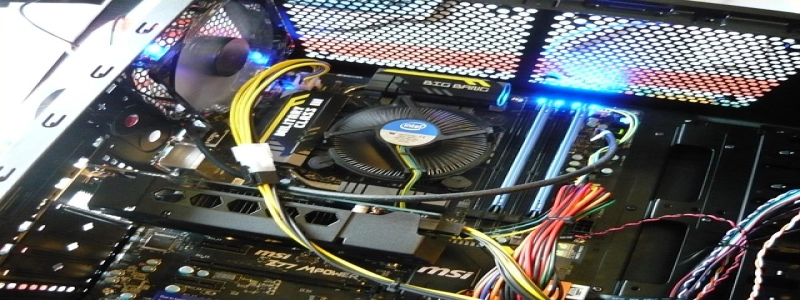Title: Outside Plant Fiber Optic Network Design
Introducción:
En la era digital actual, the demand for high-speed and reliable communication has increased significantly. Fiber optic networks have become the preferred choice for delivering high-speed internet, voice, and data services. The design and deployment of an outside plant fiber optic network play a crucial role in ensuring efficient and seamless connectivity. This article aims to explain the various aspects of outside plant fiber optic network design in detail.
I. Purpose of Outside Plant Fiber Optic Network:
1.1. Enable high-speed and reliable communication: Outside plant fiber optic networks are designed to provide fast and uninterrupted communication services to end-users.
1.2. Cover large geographical areas: These networks are intended to cover vast distances, connecting multiple locations within a region.
II. Components of Outside Plant Fiber Optic Network:
2.1. Fiber optic cables: These cables are the backbone of the network and are responsible for transmitting data through light signals.
2.2. Splicing and termination: Splicing involves joining fiber optic cables together, while termination refers to the connection of fibers to devices or connectors.
2.3. Passive components: These include splitters, couplers, attenuators, and wavelength division multiplexers. They are used for signal distribution and management within the network.
2.4. Fiber distribution hubs: These hubs are used to house optical splitters and provide easy access points for maintenance and troubleshooting.
III. Design Considerations:
3.1. Route planning: The design process involves identifying the most optimal route for laying fiber optic cables, considering factors such as distance, terrain, existing infrastructure, and future expansion needs.
3.2. Cable selection: The choice of fiber optic cable is crucial and depends on factors like transmission capacity, distance, and environmental conditions.
3.3. Fiber protection: Proper protective measures should be incorporated, such as burying cables underground or using aerial installations to safeguard against physical damage.
3.4. Redundancy: Including redundancy in the network design ensures uninterrupted service in case of cable cuts or equipment failures.
3.5. Scalability: The network design should allow for future growth and accommodate increased bandwidth requirements.
IV. Implementation and Testing:
4.1. Cable installation: Trained technicians should carefully install and route fiber optic cables according to the planned design.
4.2. Fusion splicing: This process involves joining fiber optic cables together using a fusion splicer to ensure low signal loss and high reliability.
4.3. Testing and certification: Each cable and connection should undergo rigorous testing to ensure proper signal transmission and adherence to industry standards.
Conclusión:
Designing and implementing an outside plant fiber optic network requires careful planning and consideration of various factors. The efficient layout, proper cable selection, and protective measures are crucial for delivering high-speed and reliable communication services. By following these design guidelines and best practices, network operators can ensure seamless connectivity and meet the ever-increasing demand for fast and reliable communication services in the digital era.








